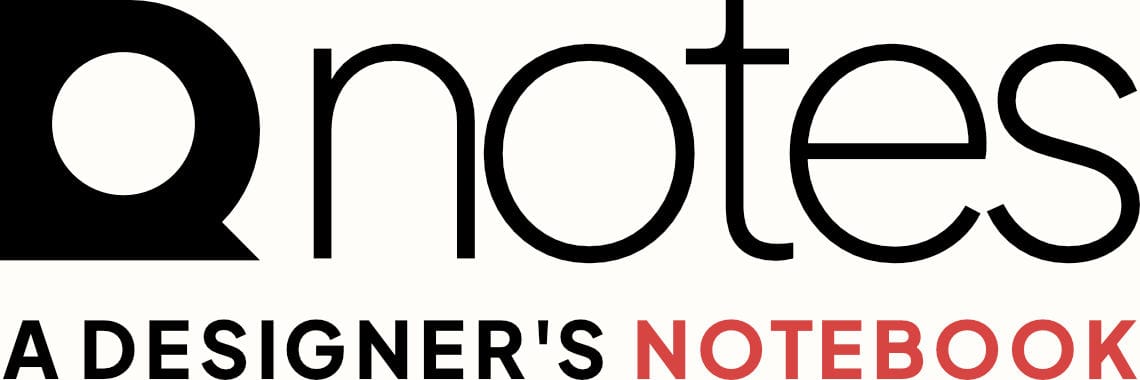Notes on turning the vision in your head into something real.
You know that idea you can feel but can’t quite explain?
The one where you say things like “I want it modern, but warm” or “I want it professional, but not corporate”—and even you know it sounds contradictory?
That’s normal.
Big ideas always start a little messy. What matters is turning that feeling into something others can see, touch, and instantly understand.
Here’s how to take the picture in your mind and make it real.
1. Start by uncovering what you can’t always put into words
When you try to explain what you want, it doesn’t always come out clearly. You might say things like:
- “I want it clean, but not boring.”
- “I want it to feel modern, but also warm and approachable.”
- “I don’t want it too corporate… but still professional.”
It sounds like a contradiction, but it’s not.
The first step is learning to listen between the lines—hearing not just the words, but the energy behind them. The excitement. The frustration. Even the silence.
Ask yourself better questions:
- Who is this really for?
- What do you want people to feel the moment they see it?
- If your idea were a person, how would it dress? How would it speak?
This is like translation. You take feelings and turn them into something you can see and touch.
2. Find the core of your idea
Most ideas start messy.
You probably have:
- A Pinterest board full of random styles
- Notes scribbled at 2AM
- Screenshots, colors, and references that don’t really fit together
- A bunch of crazy ideas.
The key is not to throw everything onto the table—it’s to find the thread that connects it all.
You strip away what doesn’t belong so the real idea can shine.
Ask:
- What truly matters here?
- What do I want people to see or feel first?
- What’s extra that I can let go of?
Once you find that core, the rest starts to fall into place.
3. Give shape to the feeling
Here’s where the magic happens.
You might say, “I want it bold but still friendly.”
That becomes:
- Colors that feel confident but not harsh
- Typography that’s strong but still welcoming
- Layouts that feel organized but not stiff
Every shape, color, and line hast to communicates something. This is how you make the vibe in your head visible.
4. Make it work in the real world
An idea in your head has no constraints. But when it becomes real, it has to:
- Work on screens and in print
- Load fast, be readable, scale across devices
- Be simple enough to remember but strong enough to stand out
You balance beauty with practicality. It’s not just about looking good—it’s about working everywhere it needs to live.
5. Refine it until it feels right
The first version is rarely perfect.
You explore options, test them, tweak them. And somewhere along the way, you’ll look at it and say:
“Yes. That’s it. That’s what I had in my head.”
That moment is the goal.
Behind the scenes, turning a vision into reality isn’t just about colors or fonts. It’s about understanding the entire context:
• The business goals
• The audience and their psychology
• The market and competitors
• The environment where the idea will live
Sometimes you dig deeper—market research, personas, SWOT or PESTLE analysis, even principles from psychology and neuroscience. Because at the core, making something real is about guiding the brain faster toward trust and clarity.
It’s part translation, part strategy, part problem-solving.
Better if you do it alone
When you’re too close to your own idea, it’s hard to see it clearly. You know how it should feel, but not how to get there.
That’s why you need a bridge between what’s in your head and what your audience will actually see and feel.
Someone who can take half-formed sketches, scattered notes, and “I can’t explain it, but…” and turn it into something real.
Something you’re proud of. Something that works.
Want me to also craft a short SEO-friendly meta description (around 150 characters) for this article? Or a one-line social teaser that would grab attention on LinkedIn?

